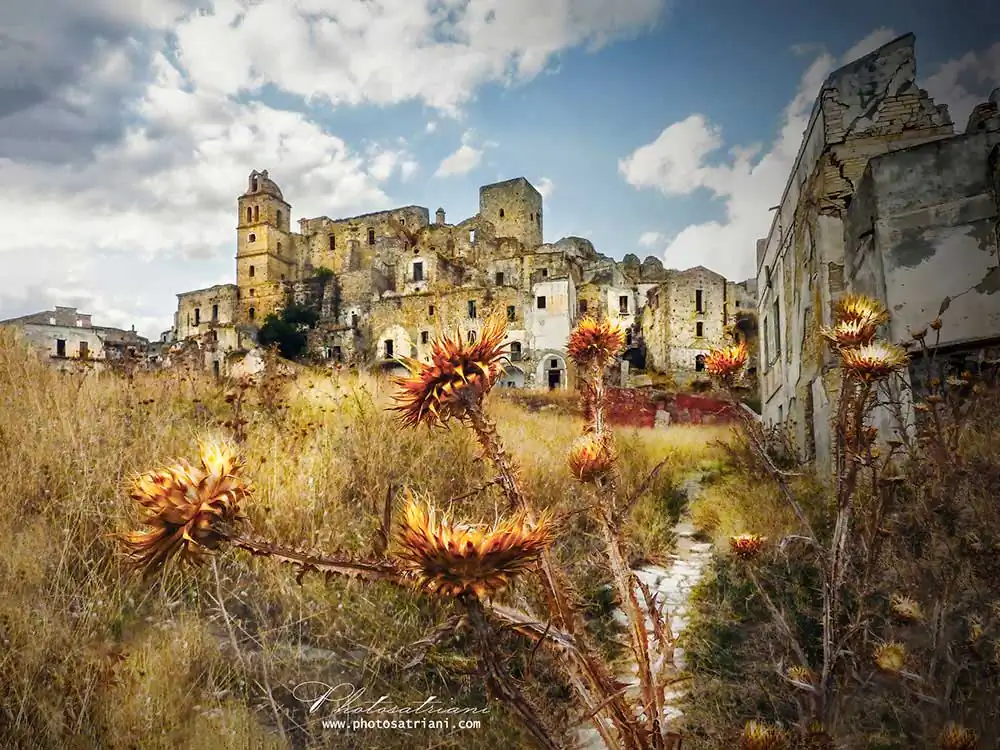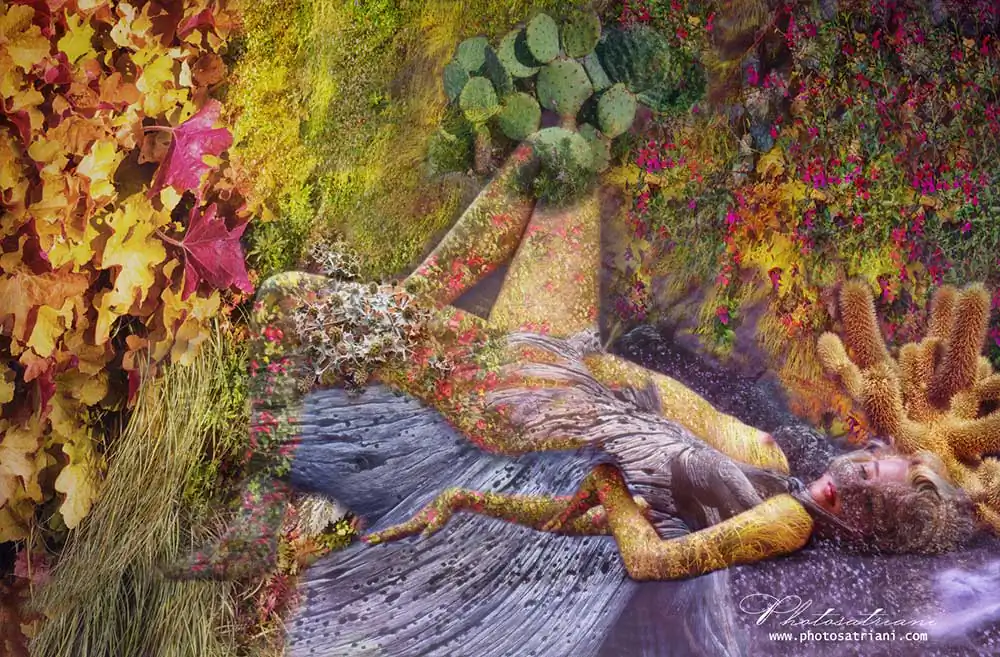Genius Loci is a Latin expression that indicates the “essence of the place”, its unique and indistinguishable nature. The Genius Loci is the bearer of identity.
HomeTag
Photosatriani
Everyone knows Cartier-Bresson's attention to social issues. I did not imagine that in this strange and atypical summer I would have stumbled upon a jewel in a remote corner of the world.
We live in a technologically advanced but emotionally primitive world; a world in which we often keep the feeling and the living totally at a distance which, instead of mutually supporting and helping, they hinder each other.




